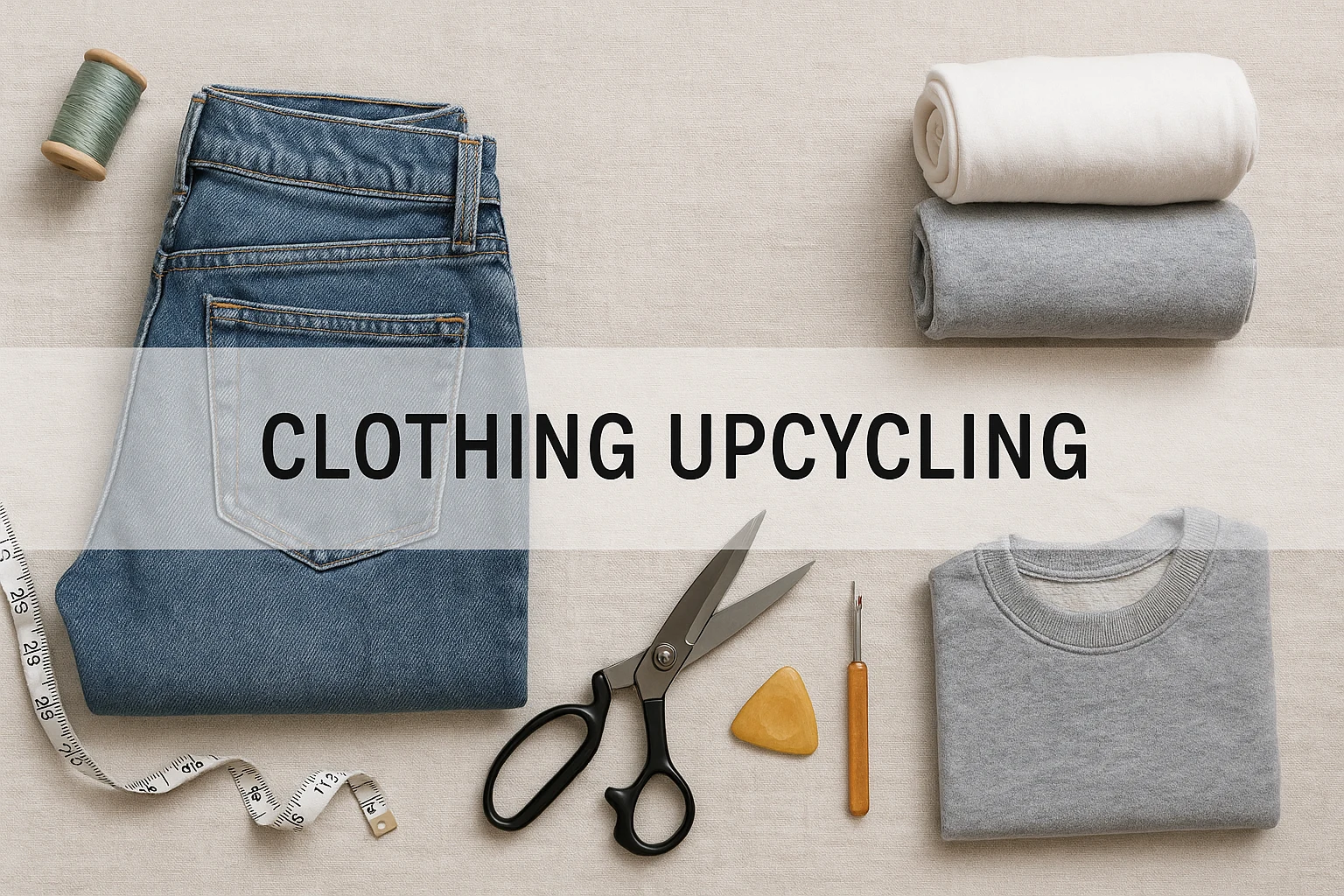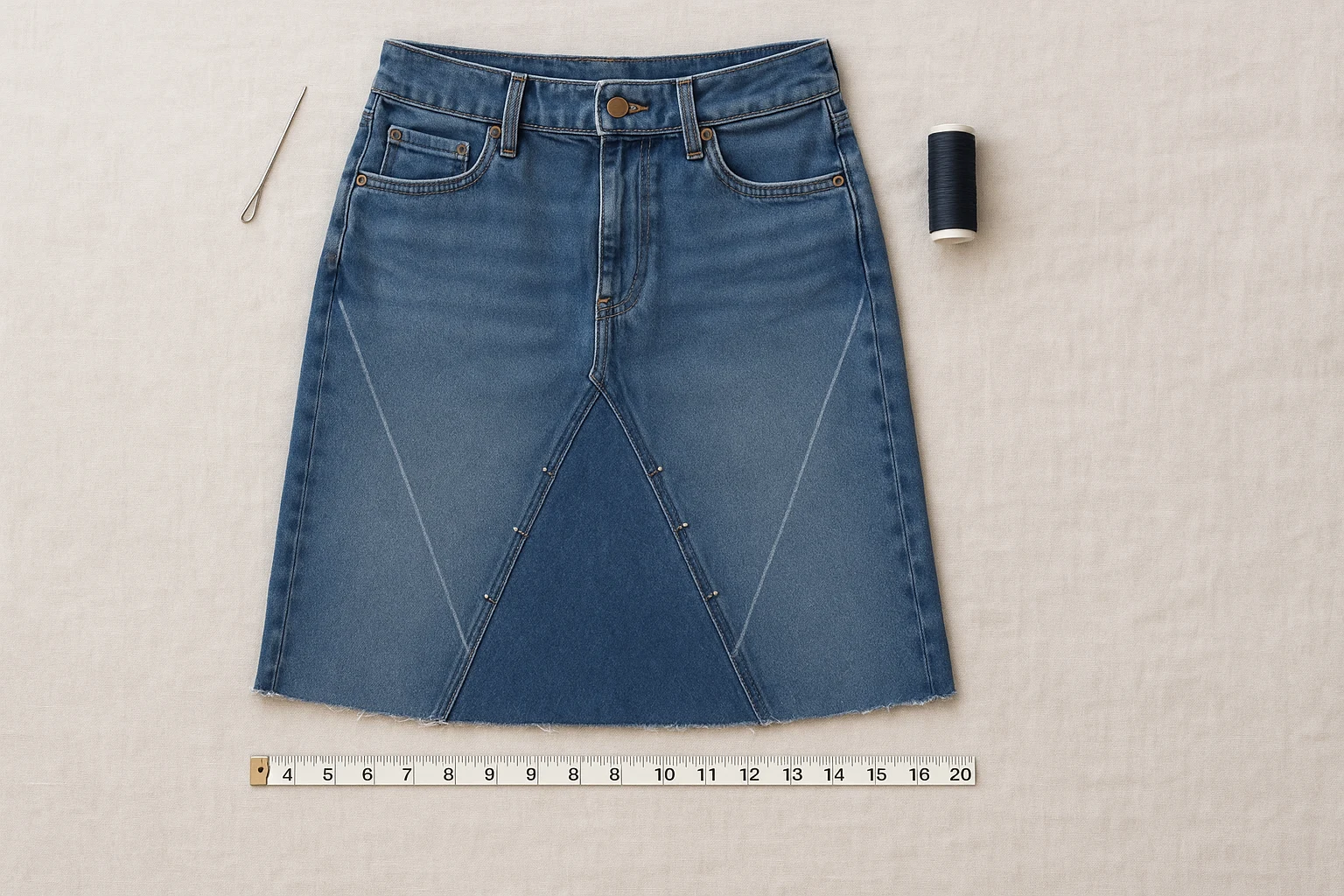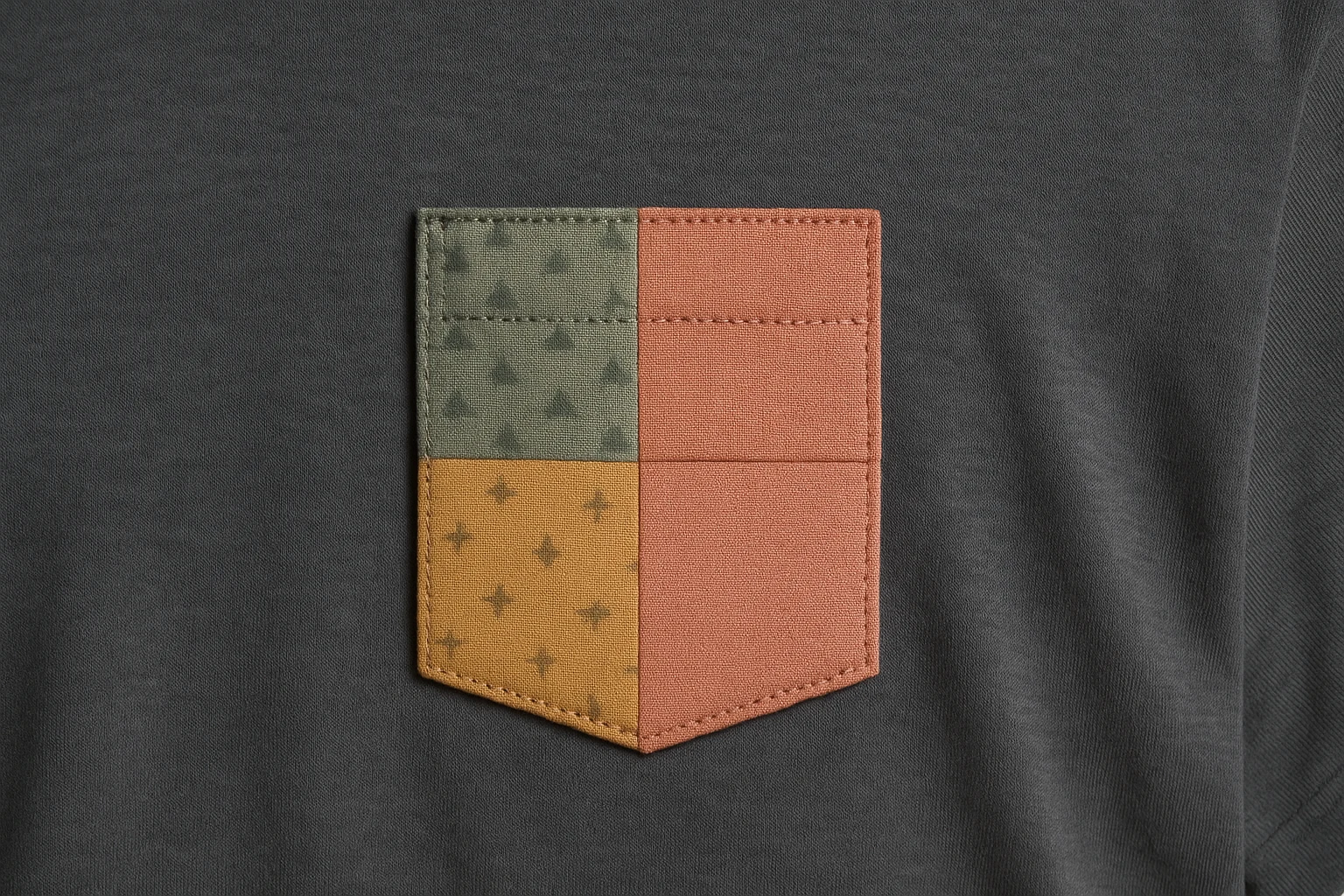
Got ‘nothing to wear’ in a packed closet? Try clothing upcycling—turn pieces you already own into styles you’ll actually love. We’ll keep it friendly and doable: what to grab, quick no-sew wins, simple stitches, and tidy finishes. You’ll get safety notes, project specs (time, tools, cost), plus fixes for common hiccups. Ready to refresh your wardrobe, save money, and cut waste—without buying new? For the bigger picture, see our frugal fashion guide.
Use this as your starting point for a smarter, more sustainable closet. We’ll cover sourcing, planning, and doable step-by-step ideas you can finish in an afternoon.
Your Best-Fit Clothing Upcycling Tool
Pick one option in each step. Your result appears automatically.
About the Upcycle Idea Generator: Need ideas after a closet clean-out or thrift haul? Pick your garment and get a project in seconds, then follow the quick steps above.
Table of Contents
- Key Takeaways
- Why Embrace Clothing Upcycling? It’s More Than a Trend!
- The Art of the Hunt: Sourcing Your Upcycling Treasures
- Assessing Your Upcycling Potential: Fabric & Fit Forensics
- Planning Your Project: Measure Twice, Cut Once!
- Your Upcycling Toolkit: Essentials for Every Project
- No-Sew Ideas to Upcycle Old Clothes
- Beginner Stitching Projects: Stepping Up Your Game
- Trend-Forward Flips: Major Transformations
- Care & Laundering: Making Your Upcycles Last
- Styling Your Upcycled Creations: Old Meets New
- Frequently Asked Questions
- Ready, Set, Upcycle!
Key Takeaways
- Save Money & Earth: Stretch your budget and keep textiles out of landfills at the same time.
- Start Simple, No-Sew: Snip, knot, glue, or dye—small moves, big payoff.
- Unlock Creativity: Express your style with custom fits, colors, and details.
- Strategic Sourcing & Planning: Choose quality fabrics, browse upcycled clothing websites for silhouettes, and outline steps for a polished finish.
- Beyond the Basics: Try visible mending, shirt-to-wrap-top, or a jeans-to-skirt flip.
Why Embrace Clothing Upcycling? It’s More Than a Trend!
Fast fashion encourages throwaway habits; upcycling pushes back with practical creativity. You spend less, waste less, and wear more of what feels like “you.” It also eases demand for new production and turns “meh” pieces into go-tos. New to the idea? This concise definition of upcycling is a handy starting point.

- Eco-Friendly Fashion: Divert textiles from landfills; save water, energy, and raw materials.
- Budget-Friendly: Build “new” looks from what you own or thrift inexpensively.
- Unique Style: Customize color, embellishments, and silhouette—your rules.
- Skill Building: From cutting and glue to basic stitches, skills stack fast.
- Sentimental Value: Reimagine keepsakes into wearable stories.
“Upcycling isn’t just about fixing clothes; it’s about reimagining their potential and weaving new stories into your wardrobe.”
The Art of the Hunt: Sourcing Your Upcycling Treasures
Your Own Closet: The First Stop! 🚪
- Worn-out favorites: Stains, small holes, or stretched necklines are a nudge to flip.
- “Meh” items: Pieces you skip for length, shape, or vibe—prime candidates.
- Ill-fitting pieces: Too long or baggy? Pin out the excess and tailor it to you.
- Good fabric: Cotton, linen, wool, and silk are versatile for dyeing and rebuilding.
Thrifting & Swaps: Hidden Gems Galore! 🛍️
- Look beyond labels: Hunt for quality fabric, color, and prints first. Also skim upcycled clothing websites for silhouette ideas. For quick inspo, search “upcycling ideas clothes.”
- Think deconstruction: A shapeless dress can become a skirt, top, or even a bag.
- Check damage: Minor fixes are fine; skip severe tears or stubborn odors.
- Favor natural fibers: Easier to sew, press, and dye.
- Size up: Extra material makes reshaping easier.
New to sourcing? Start with our Goodwill thrifting strategies for where to look and what to check.
Assessing Your Upcycling Potential: Fabric & Fit Forensics
Fabric Quality Check: What’s It Made Of?
- Feel & drape: Soft, durable beats flimsy.
- Weave health: Check for thin spots or pulls against the light.
- Read labels: 100% cotton/linen/wool/silk are beginner-friendly; pure synthetics are trickier to dye.
Fit Potential: Can It Be Saved?
- Try it on to see how it hangs and where seams land.
- Pin to visualize: remove excess, test hems, and cinch the waist.
- Start near your size for quick wins.
Planning Your Project: Measure Twice, Cut Once!
- Get inspired: Save reference looks. Search “upcycling ideas clothes” and bookmark a few you love.
- Sketch it: Quick shapes help you visualize.
- Measure carefully: Mark lines with chalk.
- Pin before cutting: Keep layers aligned.
- Baste & test: Try on before final stitches.
- Gather tools: Keep everything within reach.
Plan & Shoot: Upcycling Clothes Before and After
Snap “upcycling clothes before and after” photos to track progress and fine-tune fit.
Project spec template: Materials (exact items); Time (range); Difficulty (1–3); Cost ($0–$15); Steps (with measurements, e.g., hem 1 cm + 1.5 cm); Finish (press seams, secure raw edges); Troubleshooting (puckering, fray, fit).
Your Upcycling Toolkit: Essentials for Every Project
- Sharp fabric shears; seam ripper; measuring tape & ruler.
- Fabric chalk/marker; pins; hand needles & all-purpose thread.
- Fabric glue (optional); iron & board; thimble (optional).
- Sewing machine (optional) to speed up finishes.
No-Sew Wonders: Upcycling Old Clothing Fast
1) The Crop & Knot: T-Shirts & Button-Downs
Mark your desired length, cut straight across, then knot or glue a clean hem. Cut slightly long—you can always trim more.
2) Strategic Cuts & Slashes
Open necklines, off-shoulder tees, or tasteful distressing on denim. Slide cardboard inside to protect the other layer.
3) Fabric Glue Hems & Seams
Double-fold edges and glue for quick hems on light fabrics; test first for staining or stiffness.
4) Dye It Up
Revive faded pieces with fabric dye. Natural fibers take color best; test colorfastness on an inside seam.
Beginner Stitching Projects: Stepping Up Your Game
1) Visible Mending
Celebrate repairs with contrast thread or patches—think sashiko-style running stitches.
2) Patchwork Pockets & Embellishments
Use scrap shapes to add pockets or appliqués; hand- or machine-stitch. “A simple patch can transform a plain garment into a statement piece.”

3) Neckline & Hem Refinishes
Reshape a neckline (scoop, V, or boat). Finish with a double-fold hem or add a binding for polish.
4) Simple Elastic Waistbands
Create a casing, thread elastic, join ends, and close the opening—instant fit.
Need techniques for hems, zippers, and patch kits? See our clothing repair basics.
Trend-Forward Flips: Major Transformations
1) Shirt → Wrap Top
Split the back, hem edges, adjust sleeves/length; wrap panels to tie at the waist.
2) Jeans → Skirt
- Cut to length.
- Unpick inner leg seams and crotch ~2.5 cm below the zipper.
- Use leg denim to fill front/back gaps; stitch securely.
- Hem the bottom. Use a sturdy needle and denim thread.
3) Sweater → Vest
Remove sleeves along seam lines; finish edges or leave raw for rustic texture; optional pocket or embroidery.
Care & Laundering: Making Your Upcycles Last
- Mixed fabrics: Follow care for the most delicate component.
- Dye precautions: Wash dyed items separately at first with cold water and color-safe detergent.
- Hand-stitched items: Hand wash or use a mesh bag on gentle.
- Fabric glue: Let cure 24–72 hours before washing; follow product directions.
Styling Your Upcycled Creations: Old Meets New
- Mix a denim skirt with a classic tee; layer a sweater vest over a blouse.
- Keep accessories simple so your upcycled piece stands out.
- Wear it with confidence—your creativity shows.
Want a streamlined closet to pair with your upcycles? Build a capsule wardrobe on a budget.
Frequently Asked Questions
Ready, Set, Upcycle!
Upcycling old clothing blends creativity, sustainability, and personal style. From a quick crop to a full transformation, every project moves you toward a more mindful wardrobe. For broader money-saving strategies beyond clothing, browse our frugal living handbook.
This clothing upcycling guide is for general education. For persistent issues or safety concerns, consult a professional.